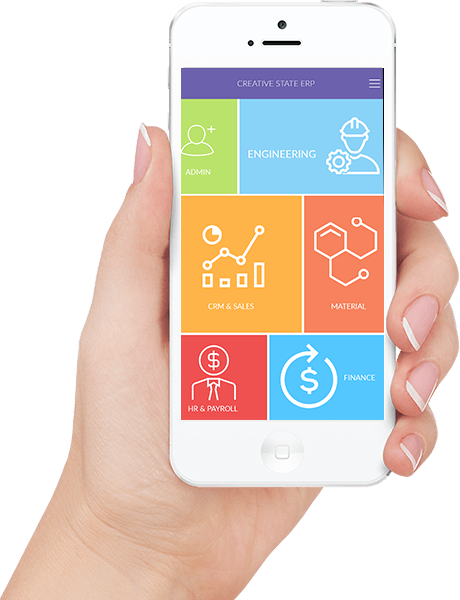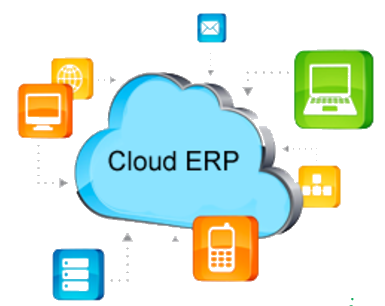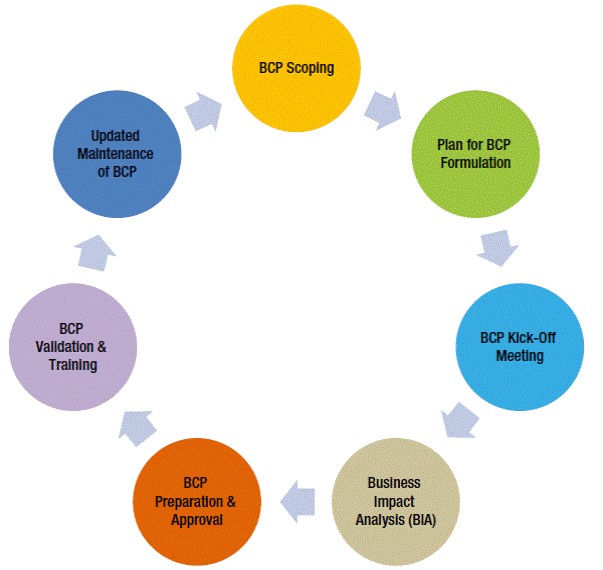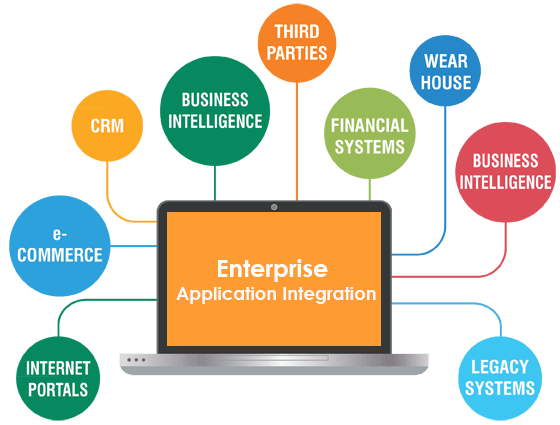Enterprise Application Development is a complex process of creating application for business purposes. They are complex, customized for critical business requirements and can be deployed on the cloud, on a variety of platforms across corporate networks, intranet etc. Designing and developing such enterprise applications means satisfying hundreds or thousands of separate requirements.

Allcenta Software’s expertise in various technologies helps us provide a spectrum of custom application development services to our clients. Right from modifications of existing enterprise application, building new enterprise apps from the ground up to integrating them within the enterprise – we do it all. Our services include planning, creating strategies, architecting, coding, testing and implementing out-of-the-box solutions depending on the technical and business need of the client.
Enterprise application development in USA is evolving to become more agile and collaborative where IT works to build applications both with internal business teams and agencies external to the company — better understanding and incorporating the end user’s needs. This is primarily enabled by the rapid adoption of cloud technologies.
Historically, businesses would build the software they needed by taking advantage of large teams of in-house resources, using a lengthy, rigid waterfall process. This was primarily due to the limitations of the technology. On-premise approaches using Java, .Net, and other options kept the individual steps within application development lifecycle rigid and siloed, limiting collaboration and rapid iteration.

Customer relationship management (CRM) describes all aspects of sales, marketing and service-related interactions that a company has with its customers or potential customers.
Customer relationship management (CRM) describes all aspects of sales, marketing and service-related interactions that a company has with its customers or potential customers. Both business-to-consumer (B2C) and business-to-business (B2B) companies often use CRM systems to track and manage communications through the Web, email telephone, mobile apps, chat, social media and marketing materials.
Information tracked in a CRM system might include contacts, sales leads, clients, demographic or firmographic data, sales history, technical support and service requests, and more. CRM systems can also automate many marketing, sales and support processes, helping companies provide a consistent experience to customers and prospects, while also lowering their costs.
Some CRM solutions also offer advanced analytics that offer suggested next steps for staff when dealing with a particular customer or contact. Business leaders can also use these analytics to measure the effectiveness of their current marketing, sales and support efforts and to optimize their various business processes.
The fundamental goal of any enterprise customer relationship management (CRM) strategy is first to anticipate customer churn and second to improve the lifetime value of customers. For any business to succeed, creating and maintaining customer relationships needs to be a priority. Customer relationship management (CRM) focuses on managing historical customer data that includes product usage, support tickets, renewals, offers accepted and more.
Many of today’s most popular CRM solutions are delivered as cloud-based solutions. Because they have Web-based interfaces, these tools allow sales teams to access customer and lead information from any device in any location at any time of day. These software as a service (SaaS) solutions tend to be more user-friendly than older CRM applications, and some include artificial intelligence or machine learning features that can help organizations make better business decisions and provide enhanced support and service to their customers.
The data captured by CRM solutions helps companies target the right prospects with the right products, offer better customer service, cross-sell and up-sell more effectively, close deals, retain current customers and better understand exactly who their customers are.

Enterprise resource planning (ERP) is business process management software that allows an organization to use a system of integrated applications to manage the business and automate many back office functions related to technology, services and human resources.
ERP software typically integrates all facets of an operation — including product planning, development, manufacturing, sales and marketing — in a single database, application and user interface.
Enterprise resource planning (ERP) is the integrated management of core business processes, often in real-time and mediated by software and technology.
ERP software is considered to be a type of enterprise application, that is software designed to be used by larger businesses and often requires dedicated teams to customize and analyze the data and to handle upgrades and deployment. In contrast, Small business ERP applications are lightweight business management software solutions, often customized for a specific business industry or vertical.
Today most organizations implement ERP systems to replace legacy software or to incorporate ERP applications because no system currently exists. In fact, a 2016 study by Panorama Consulting Solutions, LLC., indicates that organizations implement ERP for the following reasons:
ERP software typically consists of multiple enterprise software modules that are individually purchased, based on what best meets the specific needs and technical capabilities of the organization. Each ERP module is focused on one area of business processes, such as product development or marketing.
Some of the most common ERP modules include those for product planning, material purchasing, inventory control, distribution, accounting, marketing, finance and HR. A business will typically use a combination of different modules to manage back-office activities and tasks.
The ERP field can be slow to change, but the last couple of years have unleashed new technology trends which are fundamentally shifting the entire area. The following new and continuing computing trends have an impact on the growth of enterprise ERP software:
Executives and employees want real-time access to information, regardless of where they are. It is expected that businesses will embrace mobile ERP for the reports, dashboards and to conduct key business processes.
Mobile ERP is an enterprise resource planning system designed for the mobile platforms. The main way of using the system is through a mobile device such as a smartphone or tablet instead of location fixed computer.


The cloud has been advancing steadily into the enterprise for some time, but many ERP users have been reluctant to place data in the cloud. Those reservations have gradually been evaporating, however, as the advantages of the cloud become apparent.
Cloud ERP solutions are more accessible and more mobile than their traditional on-premises counterparts. Companies can upload and access data in real-time via the cloud, from any device with an Internet connection, allowing for greater collaboration among departments.
Cloud ERP software also has the benefit of being hosted on one platform. Having all of your business applications, such as your CRM and accounting system, for example, on the same cloud platform allows you to unify your systems of engagement with your systems of record. Instead of having your company’s front and back office applications in separate systems, using one cloud platform allows your apps to talk to each other, share a central database, get real-time reporting and use a single user interface.
There has been much hype around social media and how important —or not — it is to add to ERP systems. Certainly, vendors have been quick to seize the initiative, adding social media packages to their ERP systems with much fanfare. But some wonder if there is really much gain to be had by integrating social media with ERP.
What is Social ERP, also known as ‘Social enterprise resource planning (sERP)’? Social ERP differs in several specific ways from traditional ERP software.
Data on each customer is shared throughout the supply chain, unless they’ve opted into (or out of) privacy levels.Social ERP give you real time access and limited amounts of real time social customer relationship management data. New social ERP systems are largely web-based and give supplies and customers alike access to real time data.


Short for Business Continuity Planning, BCP a term that covers both disaster recovery planning (DRP) and business resumption planning. BCP is the preparation and testing of measures that protect business operations and also provide the means for the recovery of technologies in the event of any loss, damage or failure of facilities.
Business continuity planning life cycle
Business continuity planning (or business continuity and resiliency planning) is the process of creating systems of prevention and recovery to deal with potential threats to a company.
Any event that could negatively impact operations is included in the plan, such as supply chain interruption, loss of or damage to critical infrastructure (major machinery or computing /network resource).
BCP is the preparation and testing of measures that protect business operations and also provide the means for the recovery of technologies in the event of any loss, damage or failure of facilities.
As such, BCP is a subset of risk management.In the US, government entities refer to the process as continuity of operations planning (COOP). A Business Continuity Plan outlines a range of disaster scenarios and the steps the business will take in any particular scenario to return to regular trade. BCP’s are written ahead of time and can also include precautions to be put in place. Usually created with the input of key staff as well as stakeholders, a BCP is a set of contingencies to minimize potential harm to businesses during adverse scenarios.

Enterprise application integration (EAI) is the unrestricted sharing of data and business processes throughout the networked applications or data sources in an organization.
Enterprise application integration (EAI) is the use of software and computer systems’ architectural principles to integrate a set of enterprise computer applications. Enterprise application integration is an integration framework composed of a collection of technologies and services which form a middleware or “middleware framework” to enable integration of systems and applications across an enterprise.
Many types of business software such as supply chain management applications, ERP systems, CRM applications for managing customers, business intelligence applications, payroll and human resources systems typically cannot communicate with one another in order to share data or business rules.
Early software programs in areas such as inventory control, human resources, sales automation and database management were designed to run independently, with no interaction between the systems. They were custom built in the technology of the day for a specific need being addressed and were often proprietary systems.
As enterprises grow and recognize the need for their information and applications to have the ability to be transferred across and shared between systems, companies are investing in EAI in order to streamline processes and keep all the elements of the enterprise interconnected.
There are four major categories of EAI: